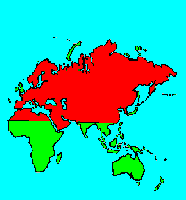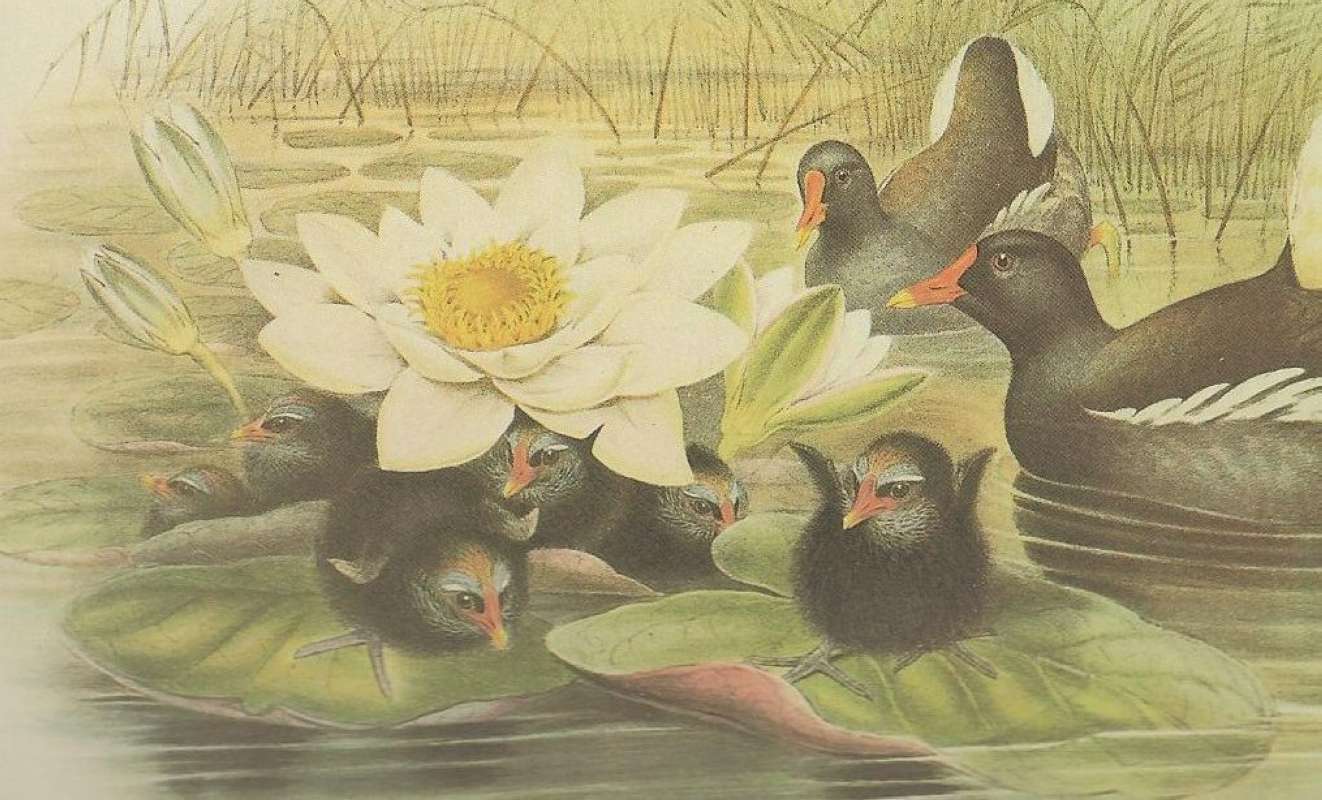SPECIES INFO
Eurasian white water lily (Nymphaea alba) is found widely in Eurasia and also in northern Africa. The leaves are up to about 30 cm or 12 inches across. One feature that will help identify this species is the reddish, or yellowish, underside of the leaf. The white flower color also helps in the identification.Nymphaea genus (water-lily) is found almost worldwide. There are over 50 species in this genus. These aquatic perennial herbs usually have large tuberous roots and floating leaves. The singular flowers frequently float upon the surface of the water. There are 12 species and four subspecies growing in greater North America.
Water Lily Family (Nymphaceaceae) are naturally found from Alaska to Argentina, but are absent from western South America from Peru to Chile. These are also naturally found widely in the Old World, but are absent from desert northern Africa and almost absent from Australia. These are a distinctive group of plants usually characterized by larger floating leaves and large exotic flowers. The 90 species are limited to freshwater and most regions of the earth have their representative species. The water lily family has two genera with 13 species growing in greater North America.
Recently, the Nelumbo genus containing two species of lotus water lilies, previously placed here, has been moved elsewhere. (Perhaps to the Proteales in the Nelumbonaceae as its own family.) Furthermore, some experts want to move the Nuphar genus into a separate family. These issues are important to taxonomists, as most agree this family is important to an understanding of the early flowering plants.
Ranales Order has been broken down into nineteen different families. The water lilies, buttercups, magnolias, and other groups are included in this order. Large pretty flowers seem to be a common characteristic of this order.
The families in this order are in the process of a major re-location. The water lily family (Nymphaeaceae) appears to be an ancient family of plants, and its proper place is open to question. The hornwort (Ceratophyllaceae) family also appears to be a very ancient family, and probably does not belong here either.
Furthermore, the magnolia family (Magnoliaceae) and the buttercup family (Ranunculaceae)are not as closely related to each other as previously presumed, and that is an incentive to further dividing this order.
Until this organization is finalized, we are temporarily retaining this older order.
Dicots (Dicotyledoneae Class) are the predominant group of vascular plants on earth. With the exception of the grasses (Monocots) and the Conifers (Gymnosperms), most of the larger plants that one encounters are Dicots. Dicots are characterized by having a seed with two outer shell coverings.
Some of the more primitive Dicots are the typical hardwood trees (oaks, birches, hickories, etc). The more advanced Dicots include many of the Composite (Aster) Family flowers like the Dandelion, Aster, Thistles, and Sunflowers. Although many Monocots reach a very high degree of specialization, most botanists feel that the Dicots represent the most advanced group of plants.
Seed plants (Phylum Embryophyta) are generally grouped into one large phylum containing three major classes: the Gymnosperms, the Monocots, and the Dicots. (Some scientists separate the Gymnosperms into a separate phylum and refer to the remaining plants as flowering plants or Angiospermae.)
For North American counts of the number of species in each genus and family, the primary reference has been John T. Kartesz, author of A Synonymized Checklist of the Vascular Flora of the United States, Canada, and Greenland (1994). The geographical scope of his lists include, as part of greater North America, Hawaii, Alaska, Greenland, Puerto Rico, and the Virgin Islands.
Kartesz lists 21,757 species of vascular plants comprising the ferns, gymnosperms and flowering plants as being found in greater North America (including Alaska, Hawaii, Greenland, Puerto Rico and the Virgin Islands.
There are estimates within the scientific world that about half of the listed North American seed plants were originally native with the balance being comprised of Eurasian and tropical plants that have become established.
Plant kingdom contains a large variety of different organisms including mosses, ferns, and seed plants. Most plants manufacture their energy from sunlight and water. Identification of many species is difficult in that most individual plants have characteristics that have variables based on soil moisture, soil chemistry, and sunlight.
Because of the difficulty in learning and identifying different plant groups, specialists have emerged that study only a limited group of plants. These specialists revise the taxonomy and give us detailed descriptions and ranges of the various species. Their results are published in technical journals and written with highly specialized words that apply to a specific group.
On the other hand, there are the nature publishers. These people and companies undertake the challenging task of trying to provide easy to use pictures and descriptions to identify those species.


